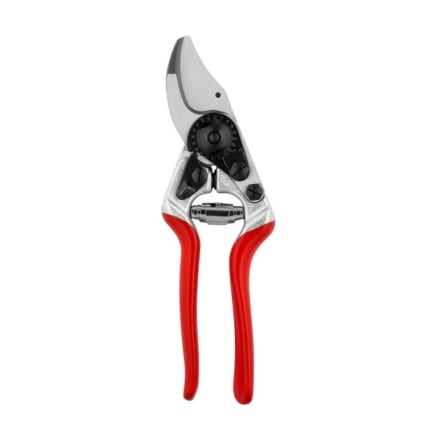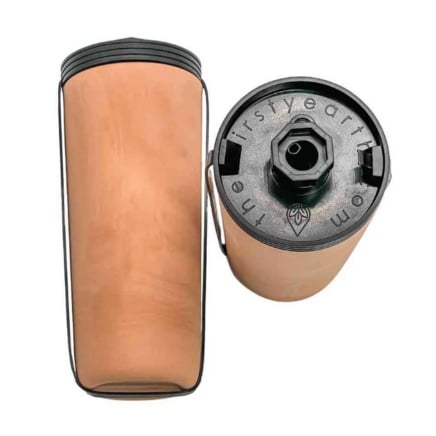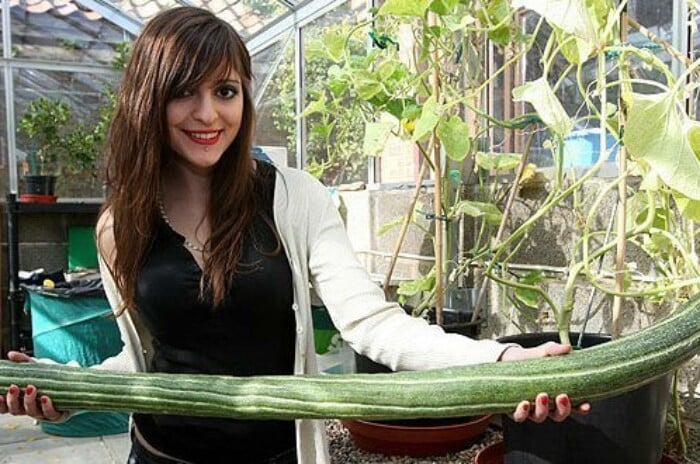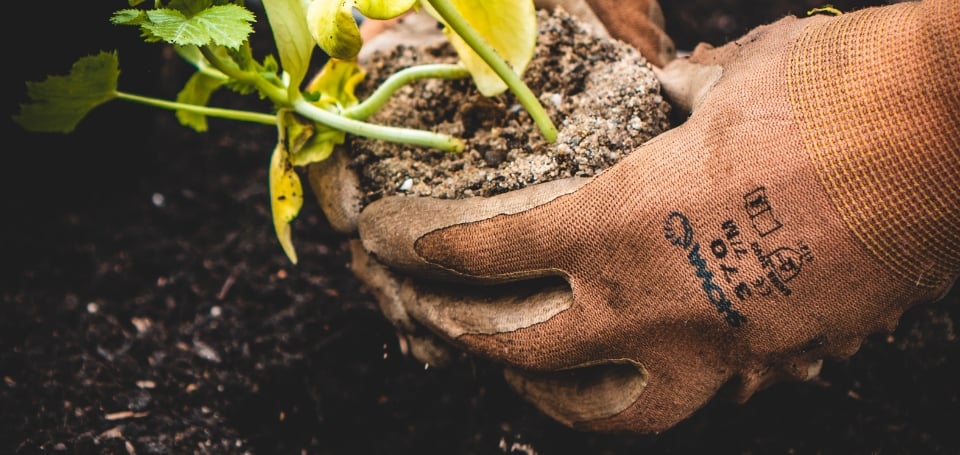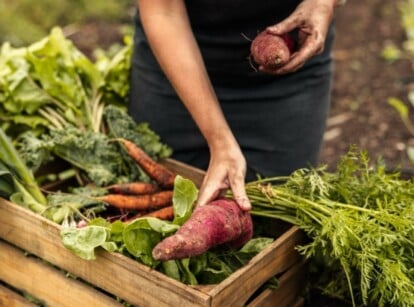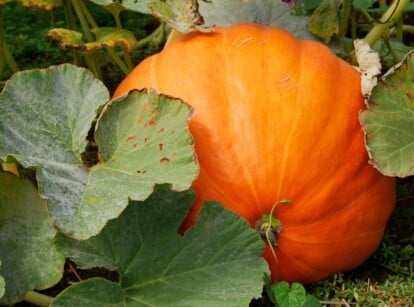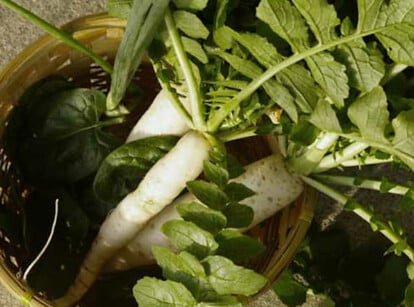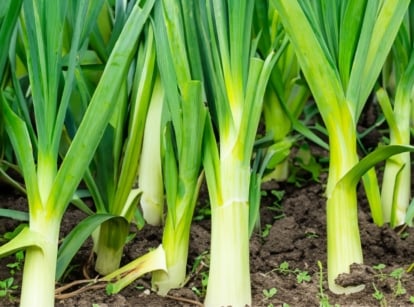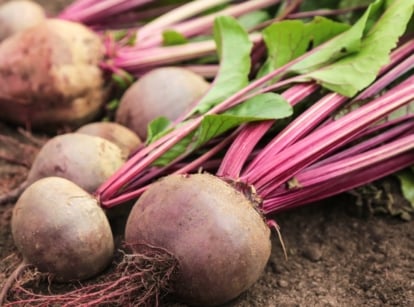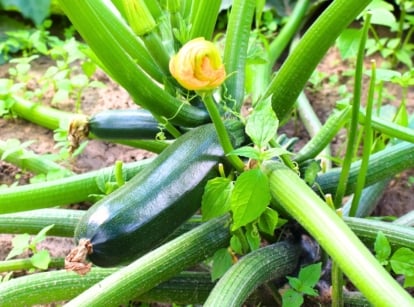Growing Giant Vegetables: 5 Tips to Get The Biggest Crops
Giant vegetables break records with whopping weights and tall heights! You may see them in record-breaking books, though you can also grow them in the home garden. Use these five expert tips to help you get the biggest crops this season.

Contents
Growing giant vegetables starts with planting giant cultivars. It’s best to use one that features large fruits, leaves, or flowers. Some species, like sunflowers, have incredible variety! Using a giant cultivar is an important first step in growing the biggest fruits and veggies this year.
Once you’ve picked your favorite variety, you’ll want to sow seeds at the proper date to give the seedlings plenty of time to mature. Some, like tomatoes, need a head start to grow the biggest fruits, while others, like watermelons, dislike transplanting and benefit from direct sowing.
With occasional attention and maintenance, you can promote giant vegetables from almost any crop in the garden. Use fertilizer, irrigation, and careful pruning, and you’ll have bigger crops than any other neighbor on the block!
Espoma Garden-tone Organic Plant Food (4 lbs.)
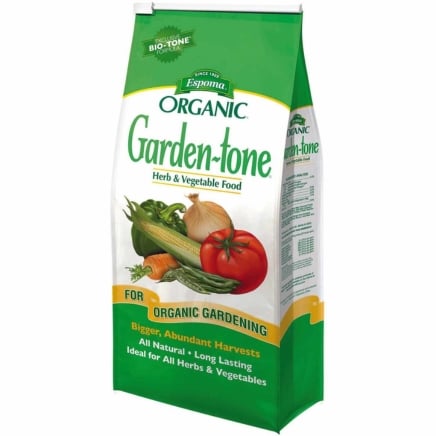
Espoma Garden-tone Organic Plant Food
5 Tips to Grow Giant Vegetables
Growing giant vegetables is a scientific endeavor! You’ll go against nature to harness the most energy possible from your garden. Whether you’re a beginner gardener or an experienced grower, these five tips provide everything you need to know about growing the biggest crops.
Regularly Fertilize

Like us humans, plants need nutrients to survive and thrive. They rely on primary nutrients like nitrogen for their leaves, and secondary nutrients, like sulfur and calcium, to grow well. Micronutrients are also important; the plants need them in small amounts, but they’re especially important for sustained growth.
Use high-nitrogen organic fertilizer for leafy greens. For fruit and veggie-producing crops, you’ll want to take a two-tiered approach to ensure they produce giant veggies. Use high-nitrogen fertilizer when the plants are growing leaves and stems, and switch to a bloom-focused fertilizer when flowers and fruits appear.
Bloom-focused fertilizers contain more phosphorus and potassium for blooming flowers and swelling fruits. They also have calcium and magnesium, two secondary nutrients essential for healthy crops.
Avoid adding excess nitrogen to fruiting vegetables. The nitrogen can cause leaves to grow at the expense of fruits, which may lead to small harvests rather than the giant vegetables you seek.
Maintain Consistent Moisture

Alongside a proper fertilizing regimen, consistent moisture is essential for growing giant vegetables. Pumpkins, watermelons, and tomatoes are full of water. The plants need steady access to moisture to keep their fruits turgid, swollen, and always growing.
Swings in moisture levels can be devastating to crops like tomatoes. They need consistent watering; otherwise, their fruits may crack and split as they ripen.
To maintain regular water, consider setting up an irrigation system that waters the crops’ roots, not their leaves. Drip irrigation is an excellent solution, as is a soaker hose or olla clay pot. With continual watering, your vegetables will take full advantage of the growing season as they grow without interruptions.
Prune Precisely

Precise pruning allows you to redirect your crops’ energies towards producing the biggest vegetables possible. You’ll trick them into growing a single giant vegetable instead of multiple small ones. This trick works on many common veggies, like melons, squashes, tomatoes, and peppers.
We’ll use an indeterminate pole tomato as an example. It tends to produce many shoots from its stems that grow into new vines with flowers and tomatoes. Instead of letting them grow, snip them off! Keep a single vine and remove any secondary shoots.
For watermelons, melons, and squashes, you’ll want to wait until your first fruit begins to form. Then, retain that fruiting vine, and remove any other stems growing off the main one.
Remove Fruits and Flowers

Alongside pruning, pinch and snip the extra fruits and flowers to help your crops save nutrients and energy for a single giant fruit. Simply wait for a fruit or veggie to form, then remove any others that form thereafter.
You can easily pinch off some flowers, like those of tomatoes, with your fingers. You’ll need snips or pruners for others, like pepper blossoms. They don’t come off the plant easily.
Some blooms are edible! Instead of putting them to waste, eat them in specialty dishes and appetizers. Squash blossoms, for example, are decadent delicacies in many different cuisines.
It’s important to wait for the first fruit to start developing and swelling before removing the others. Ensure you see a veggie or fruit first, then begin the process of pinching and snipping the extras.
Lay Down Mulch

When in doubt, add some mulch. Organic mulches protect, insulate, and feed the soil to the benefit of your crops. The healthier the soil, the bigger your crops can grow! Some mulches are better than others, though the act of mulching in itself is a big step in the right direction.
Compost is the best organic mulch of them all. It feeds the soil with nutrients, and it improves the ground’s structure, water retention, and porosity. It’ll convert poor soils into loam, whether they’re sandy or dense with clay. Simply lay down a two to three-inch-thick layer of compost on the soil, leaving an inch or two of space between the stems and the mulch.
Other mulches that work well include leaf mold, straw, fallen leaves, and coco coir. Use whatever you’ve got! Avoid using plastic or other inorganic mulches, as they tend to break down after a season. They’ll create litter that’s hard to remove.
Key Takeaways
- Anyone can grow giant vegetables! Start by finding varieties with large statures. Then, use careful techniques and a regular care regimen to promote big harvests.
- Water and fertilizer are two great places to start. Once you get those down, begin using selective pruning and pinching to redirect plant energy for big crops.
- It’s not just when you water—it’s how you water. Use drip irrigation when possible to water the roots, and not the leaves, of your plants.
- Fruit-producing crops need help redirecting energy. Pinch their extra blooms and fruits so that all nutrients and moisture go towards one giant fruit.
- Add mulch! Mulch is essential for healthy crops. Add it regularly to ensure the soil never grows bare.
Frequently Asked Questions
Are giant vegetables edible?
Yes, they are! The downside of their gigantic size is that it sacrifices flavor. Giant veggies often taste blander than their smaller counterparts. Use them for canning or for making preserves, syrups, and sauces.
Are there giant vegetables in Alaska?
You can grow giant veggies in Alaska. You may want to start seeds indoors ahead of time so you can cheat the seasons. Consider choosing quick-growing varieties for the best results.
What are the biggest crops?
Some of the prime vegetables for growing giant include pumpkins, watermelons, winter squashes, and beets.

